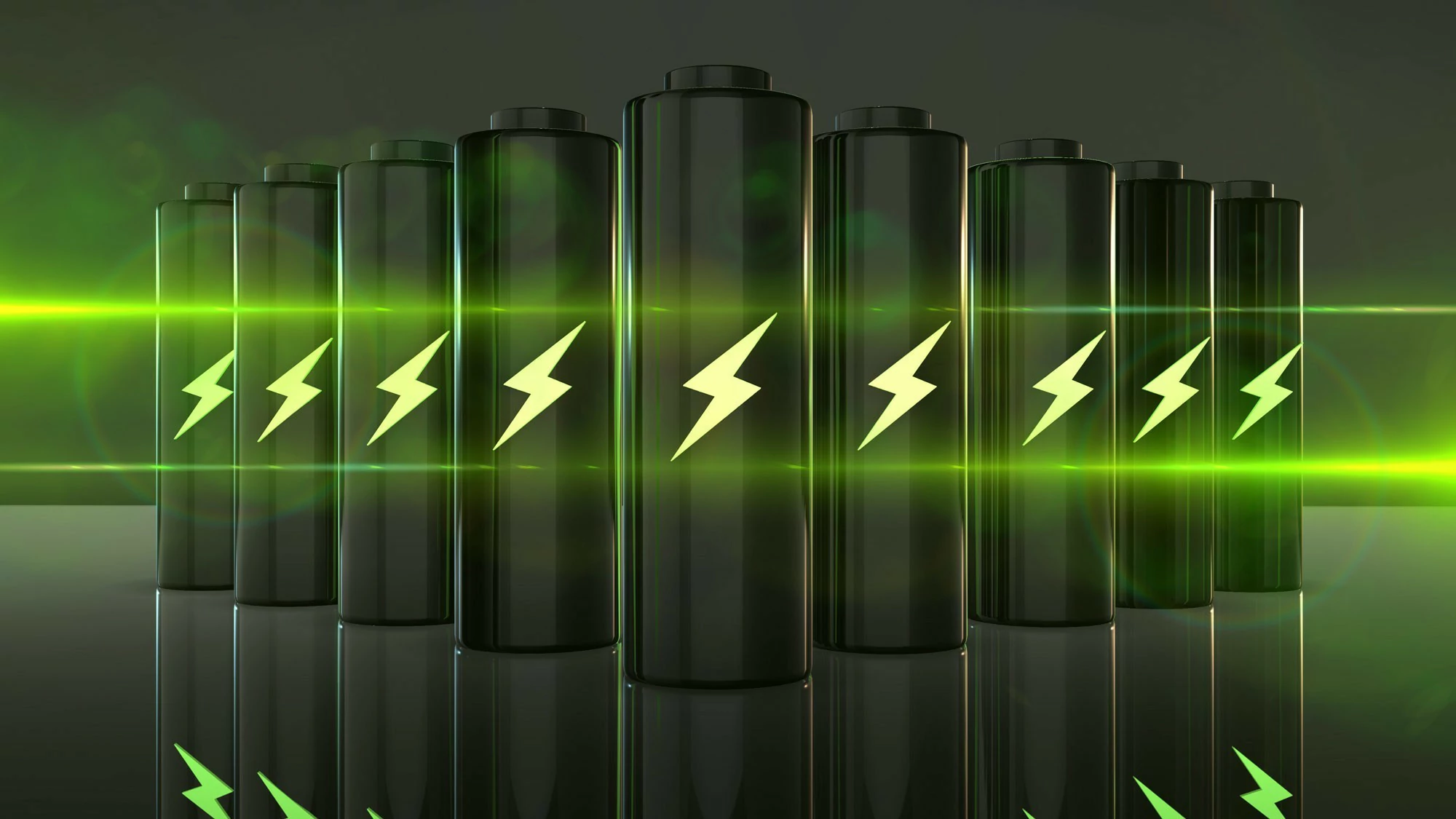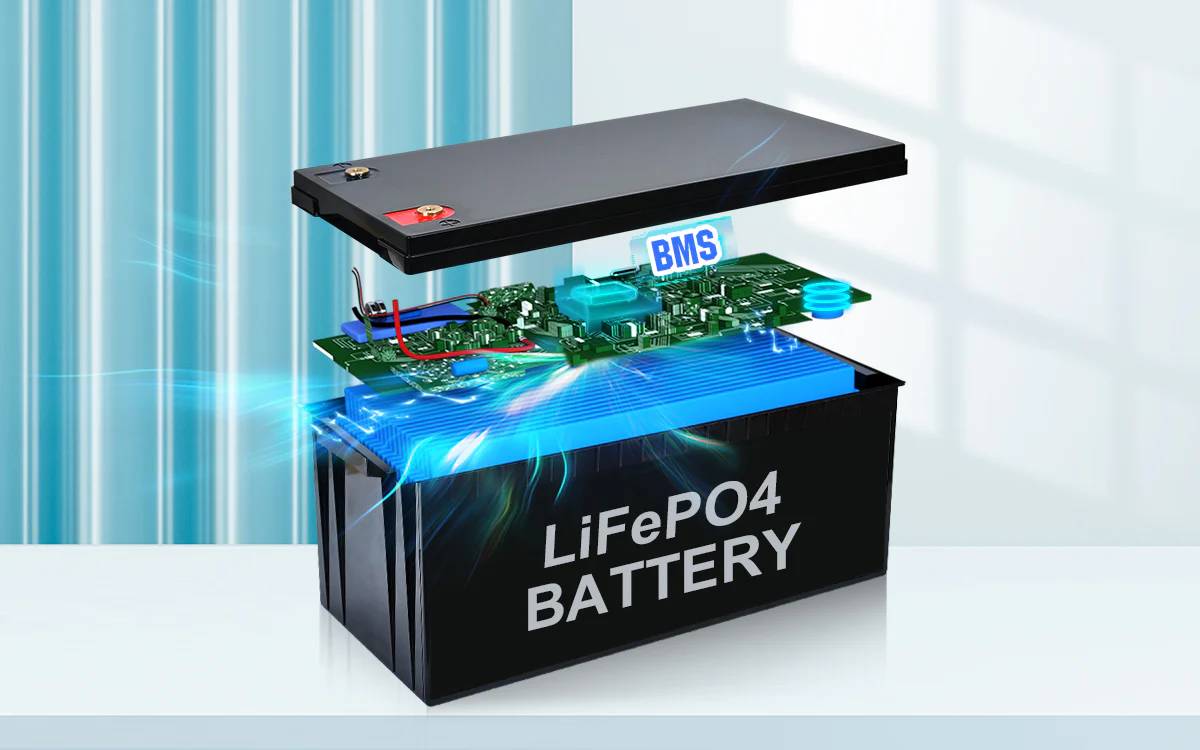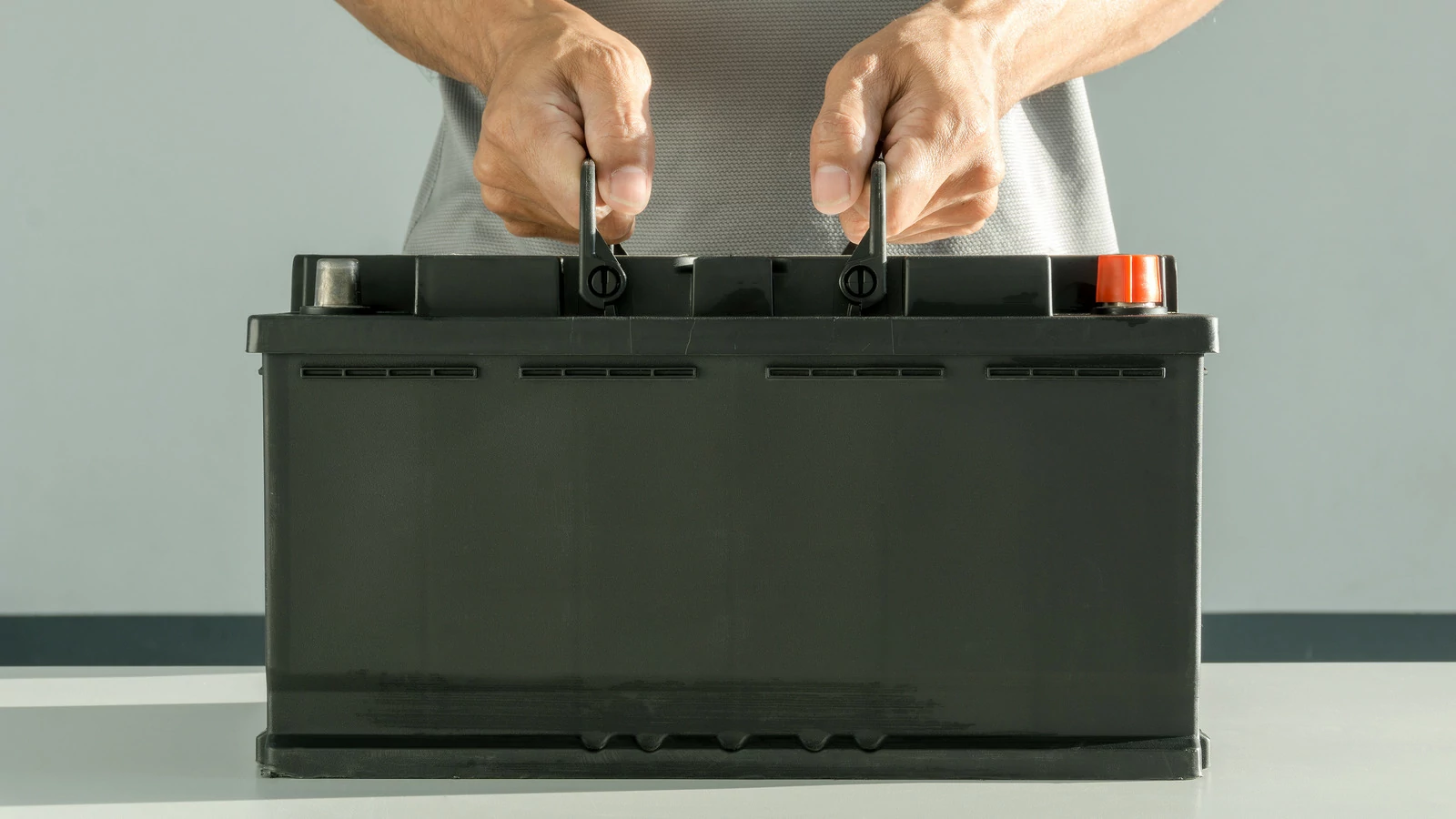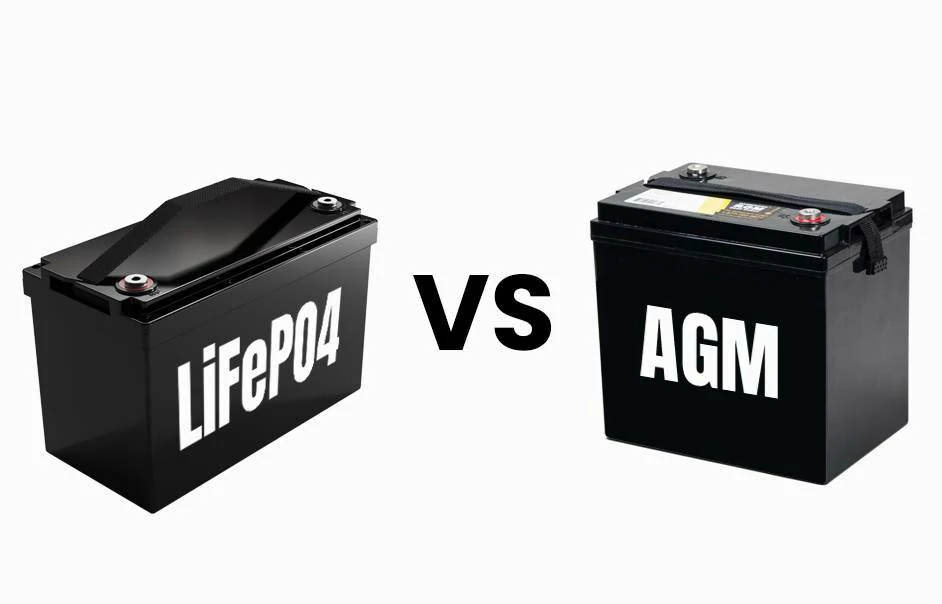Comparative analysis of the Safety of LFP and AGM/EFB Batteries
main content
1. LFP Battery: A Dual Safety Barrier of Materials and Structure
Lithium iron phosphate batteries (LFP) have become the safety benchmark in the fields of new energy vehicles and energy storage due to their inherent material safety and system-level protection design. Its core advantage lies in the high thermal stability of the olivine crystal structure and the low reactivity of the electrolyte system, which enables it to remain stable under extreme abuse conditions.
1. Safety mechanisms at the material level
The high-temperature resistance of the cathode material: The olivine structure of LFP is not prone to decomposition at high temperatures, with a thermal decomposition temperature exceeding 500℃, which is much higher than the 200-300 ℃ of ternary materials. In the needle-puncture test, even if the LFP battery was penetrated by a steel needle, the temperature rise rate caused by the internal short circuit was only 2℃/s, and there was no open flame or explosion phenomenon.
Low volatility of electrolyte: LFP uses carbonate-based electrolyte and flame retardant additives (such as DMMP), so even if leakage occurs, it will not produce flammable vapor. Experiments show that the LFP electrolyte only releases a small amount of CO₂ and H₂O at a high temperature of 700℃, while the ternary battery releases a large amount of flammable gas.
2. Systematic security protection
Overcharge tolerance: LFP only experiences aluminum-plastic film rupture and failure when overcharged to 133.4% SOC, while NCM batteries trigger thermal runaway and catch fire at 143.8% SOC.
Thermal runaway suppression technology: The Weirui 800V LFP battery, through an eight-layer protection system of "prevention, isolation, absorption, discharge, interruption, alarm, cooling, and cloud", can maintain structural integrity after being directly burned in a 700 ° C flame for 240 seconds.
3. Empirical data
In the needle-puncture test of a certain 3.2V/230Ah LFP battery, after a 58mm steel needle was pierced at a speed of 25mm/s, only local temperature rise (<100℃) occurred, and there were no signs of thermal runaway within one hour. In addition, the LFP battery pack passed the bottom impact test (three 150J impacts with a 30mm steel ball) as required by the new national standard GB380312025, with no leakage or explosion.
Ii. AGM/EFB Batteries: Inherent Safety Defects of Lead-acid Systems
AGM (adsorption-type glass fiber separator Battery) and EFB (enhanced liquid-rich Battery), as upgraded versions of lead-acid batteries, are widely used in start-stop systems. However, their chemical systems and structural characteristics lead to multiple safety hazards.
1. Chemical system risks
Corrosiveness of sulfuric acid electrolyte: AGM/EFB uses sulfuric acid solution with a density of 1.29 to 1.30g/cm³. Once leaked, it will cause severe corrosion to the metal parts of the vehicle body. The experiment shows that the corrosion depth of the acid solution reaches 0.2mm after 48 hours of contact with the steel plate.
Sulfidation and thermal runaway chain reaction: Under high-temperature conditions, lead sulfate (PbSO₄) crystals at the negative electrode irreversibly accumulate, causing the internal resistance to sharply increase from 8mΩ at room temperature to 35mΩ, and the risk of local overheating increases by three times.
2. Structural design limitations
Lean liquid design defect: The glass fiber separator of AGM becomes brittle at high temperatures, and its impact strength drops by 40% at 20℃. The probability of separator rupture increases after collision.
No pressure relief protection mechanism: Although EFB alleviates the evaporation of the electrolyte by thickening the plates, long-term high temperatures can still cause the shell to expand or even burst. A 280Ah AGM battery experienced a safety valve burst during the 60 ° C cycle test, and electrolyte leakage caused a short circuit in adjacent batteries.
3. Empirical risk scenarios
In the high-temperature environment of the engine compartment (>80℃), the rate of battery life degradation of AGM is 23 times higher than that at normal temperature, and the leakage rate exceeds 5%. In an extreme case, a certain AGM battery pack leaked acid after a collision, resulting in corrosion of the vehicle's chassis structure and a repair cost as high as ten thousand yuan.
Iii. Comparison of Safety Testing and Evolution of Policy Standards
1. Needle-puncture test
LFP battery: After the steel needle penetrates, the temperature rise is less than 100℃, and there is no fire, meeting the most stringent safety standards.
AGM/EFB battery: Not certified by UL1642 and poses a risk of explosion.
2. Overcharge test
LFP battery: Only the shell ruptured when overcharged to 133.4% SOC, and no thermal runaway was triggered.
AGM/EFB battery: Plate sulfation occurs when overcharged to 120% SOC, resulting in a sudden drop in capacity.
3. High-temperature storage
LFP battery: When stored at 65℃ for 7 days, the capacity retention rate reached 91.34%.
AGM/EFB batteries: After being stored at 60℃ for 30 days, the capacity attenuation is ≥30%.
Iv. Technological Substitution and Future Directions
1. Continuous optimization of LFP
The safety boundary is further strengthened through a lithium manganese iron composite cathode (with energy density increased by 1520%) and a solid electrolyte (with temperature resistance raised to 90℃). The M3P battery of CATL has achieved the self-healing function of the electrolyte, which can raise the trigger temperature of thermal runaway to 180℃.
2. Alternative paths of AGM/EFB
As the cost of LFP drops (expected to be 0.5 yuan /Wh in 2025), its penetration rate in the start-stop system of fuel vehicles will exceed 60%. The market share of AGM is expected to shrink from 75% in 2023 to less than 20% in 2030, retaining only a share in the low-end agricultural machinery and backup power supply sectors.
Conclusion
LFP batteries have achieved a revolutionary breakthrough in safety performance through material innovation and system protection, while AGM/EFB is limited by the lead-acid chemical system and is at a disadvantage in terms of safety, environmental friendliness and lifespan. With the implementation of the new national standards and the decline in costs, LFP will become the absolute mainstream in the fields of new energy vehicles and energy storage, while AGM/EFB will gradually exit the historical stage.

START-STOP LITHIUM battery
Enov start-stop battery is designed to provide excellent performance for high-demand start-stop vaehicles. It adopts the third-generation intelligent lithium platform architecture to achieve technological breakthroughs in core indicators such as cycle life, environmental adaptability and energy density. Compared with the traditional lead-acid battery system, the energy efficiency is increased by 210%, the cycle life is extended by 8-10 times, and the monthly self-discharge rate is controlled within 3%. Enov's unique low-temperature battery technology makes a breakthrough in achieving stable output in the whole climate domain from -30℃ to 65℃, maintaining more than 90% of the effective capacity release under extremely cold conditions (-30℃), and maintaining 90% of the capacity in high temperature environments (65℃).
The start-stop battery series products cover the mainstream voltage platform of 12V/24V/48V, and support flexible configuration of LFP (lithium iron phosphate) and NCM (lithium nickel cobalt manganese oxide) dual-material system. All models adopt modular design to support customization of different model specifications. Enuo engineering and technical team to provide full cycle technical service support, if you need, please contact us.
Other products
UAV BATTERY
LITHIUM ENERGY STORAGE BATTERY
QUICK INQUIRY
FAQ
Access to high frequency technical questions with one click, get accurate answers on product application, after-sales policy and customization process.
Service and Support
Get the latest product specifications, explore professional OEM/ODM customization services, click to open exclusive technical support and production solutions.
Become a Partner
We sincerely invite resources to interconnect, work together for win-win development, and immediately open a new chapter of strategic cooperation!





